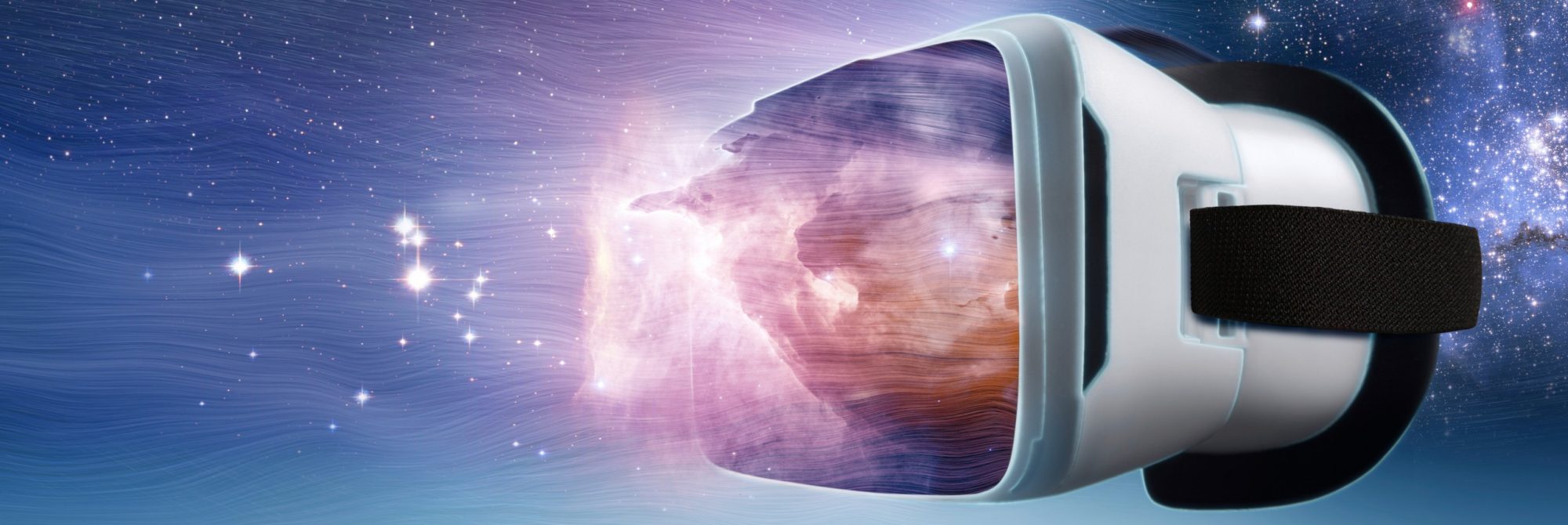We’re thrilled to share the results of our years-long clinical trial in using immersive multimedia as an adjunctive measure for managing chronic cancer pain. This journey has been one of dedication, persistence, and teamwork, and today marks a significant milestone. Our goal was to empower people living with and beyond cancer with new tools that suit their needs and we’re proud to present the culmination of our efforts. This achievement wouldn’t have been possible without the collaboration of researchers, clinicians, and participants who shared our vision.
As we release these results, we look forward to the positive impact they may have in supporting further cancer care and chronic pain research. The final journal report has now been published in BMC Digital Health and is available here, and a lay-person summary is provided below.
We would like to formally thank the John & Lotte Hecht Foundation for their support of this work.

